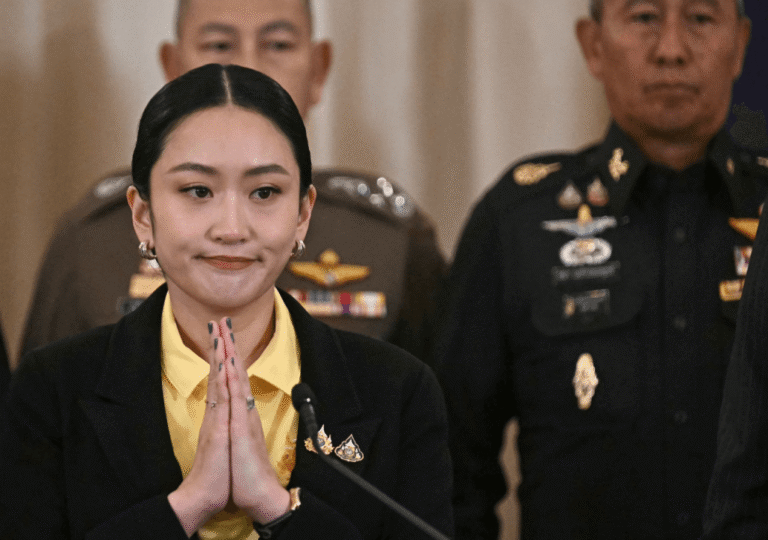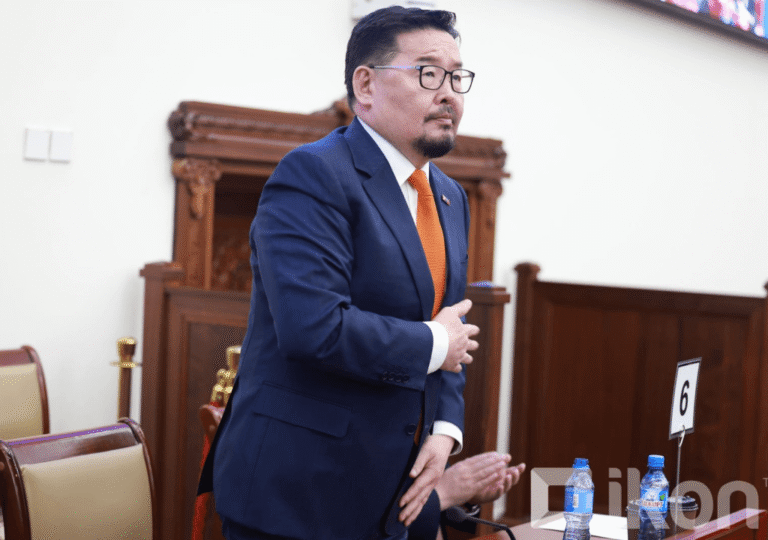As Laos, a landlocked nation facing economic and political challenges, gears up to take on the ASEAN chairmanship for the third time in 2024, there are growing concerns among diplomats and observers. Being a petite communist state contending with macroeconomic instability, questions arise about Laos’ capability to lead the Association of Southeast Asian Nations (ASEAN) effectively. These concerns intensify amid a backdrop of complex challenges, including the Myanmar conflict, escalating tensions in the South China Sea, and the heightened rivalry between the United States and China.
Throughout history, Laos has used ASEAN as a crucial platform to amplify its interests. Consequently, Laos is keen on continuing the ASEAN-Indo-Pacific Forum initiated by Indonesia. This forum aims to boost cooperation and investment between ASEAN member-states and their Indo-Pacific partners, providing Laos with an opportunity to convey its priorities to a broader regional audience.
A potential hurdle lies in whether Laos can articulate a perspective on the expansive and global concept of the Indo-Pacific, given its conservative foreign policy stance and the absence of a dedicated Indo-Pacific strategy. As the spotlight intensifies during Laos’ ASEAN chairmanship, observers await to see if this scrutiny will prompt Laos to depart from its current diplomatic norms.
Bound by a treaty alliance with Vietnam, Laos generally aligns with Vietnam’s international stance on various issues but retains independence on matters crucial to its interests. In turn, Vietnam approaches its relationship with Laos with caution, recognizing it as a crucial ally, especially due to its strategic location along much of Vietnam’s vulnerable western border and neighboring China. Consequently, while Laos echoes Vietnam’s position on global issues such as Russia’s invasion of Ukraine, it adopts a more nuanced stance on the South China Sea. It avoids taking sides and strives to strike a delicate balance between Vietnam and China, considering its institutional and economic fragility and the unnecessary risks posed by definitive stances on contentious matters.
As the ASEAN chair, it becomes apparent that Laos may not necessarily resolve the South China Sea issues, but rather play a role in providing neutral ground and maintaining a delicate equilibrium between conflicting interests.
Since 2016, China’s influence over Laos has experienced significant growth, primarily due to major infrastructure projects like the Kunming-Vientiane railway, leading to Laos being deeply indebted to Chinese state banks. Notably, Laos has even ceded a stake in its national power grid to China. While Laos strives to maintain stable relations with China, Vietnam, and the U.S., the extensive influence of the Chinese economy poses a substantial constraint on its ability to balance these relations. Moreover, the forthcoming U.S. and Indonesia presidential elections may shift their focus, potentially easing pressure on Laos regarding urgent issues but possibly at the expense of Myanmar’s resistance interests and diplomatic progress on South China Sea disputes.
A crucial question emerges about how Laos will navigate the Myanmar crisis, an unprecedented challenge in its previous tenures as the ASEAN chair. The crisis, which has strained even Indonesia, the most capable and invested member state, is expected to persist throughout Laos’ chairmanship in 2024. Expectations include a level of awkwardness, especially when Laos is urged to engage in dialogue with ethnic resistance fighters in Myanmar—entities akin to the Hmong insurgents and rebels that Laos worked to suppress within its borders for decades. The trajectory of the Myanmar crisis within ASEAN next year remains uncertain under a government whose relations with Myanmar are shrouded in obscurity.








